|
|
11/11/2015 |
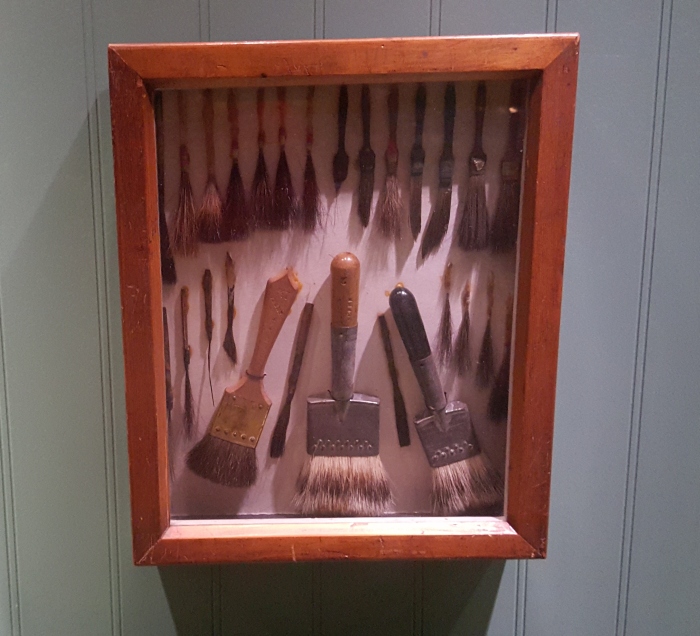 When woodworkers talk about unusual tools in history the conversation invariably turns to the carriage trade. Wooden carriages have the distinction of having to be light, strong, weather resistant, and most important, full of complex frames, moldings and curves. Nothing is square. Over the centuries a myriad of highly specialized carriage-makers tools were developed, However, in this day and age it is rare to get a chance to see the results of these tools. When woodworkers talk about unusual tools in history the conversation invariably turns to the carriage trade. Wooden carriages have the distinction of having to be light, strong, weather resistant, and most important, full of complex frames, moldings and curves. Nothing is square. Over the centuries a myriad of highly specialized carriage-makers tools were developed, However, in this day and age it is rare to get a chance to see the results of these tools.
On Labor Day a month or so ago I had the opportunity to visit out in Stonybrook, Long Island, NY. As you may have noticed I like to write about small museums. And they are so much fun to visit. The Carriage Museum, which is an affiliate of the Smithsonian, has the largest collection of carriages in the country. For me it's the first time I really had the chance to see a really great sample of all sorts of carriages, sleds, private surreys, giant bus transports, and everything in between.
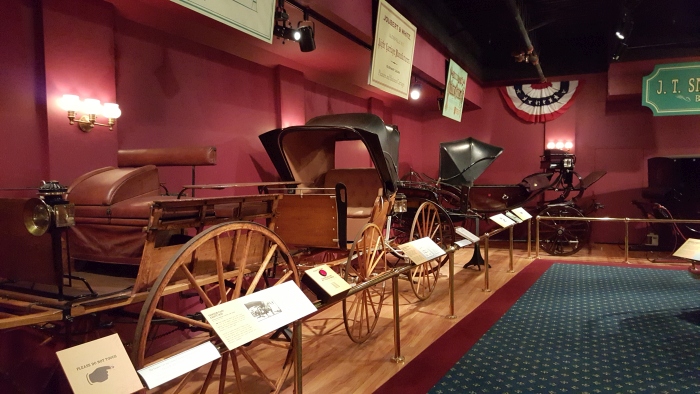 The museum is actually a consolidation of several museums and also had an exhibit of carved duck decoys, and one on the Long Island mansions that used to dot the island. While the mansions are mostly all gone, some of the relics show wonderful woodwork. The museum is actually a consolidation of several museums and also had an exhibit of carved duck decoys, and one on the Long Island mansions that used to dot the island. While the mansions are mostly all gone, some of the relics show wonderful woodwork.
I don't really have a larger point with this blog except maybe that whenever you are traveling, even a short distance, visiting the local museum can be a really wonderful surprise. In the case of this museum even more so because unlike a large museum in a big city the Long Island Museum of American Art, History, and Carriages relies on a small group of patrons, visits from locals and school trips, and doesn't have the mass of tourists that keep the big boys afloat. But, nonetheless, and in spite of the expense and difficulty in maintaining such a collection, the entire museum had exhibits worthy of the best of what the Smithsonian could offer. For example the tools of the carriage maker aren't that strange to me and piece of a production shop, an outdoor shop, and a carriage maker's tool chest are all on display, what I have never ever seen before is a carriage maker's paint and finishing kit, complete with brushes and paints, and a few specialized tools. The brush geometries alone are new to me and who knows, might have application for finishers today. The point is - I learned stuff - and that's always valuable. Here are a few pictures I snapped with my phone. The little lion headed sled is BTW from about 1790.
I urge you all to visit.
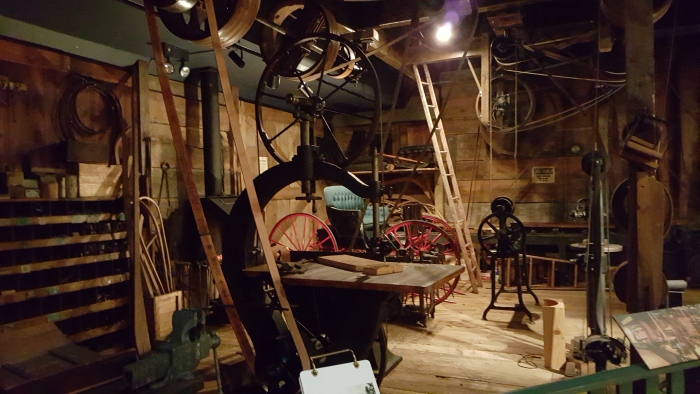
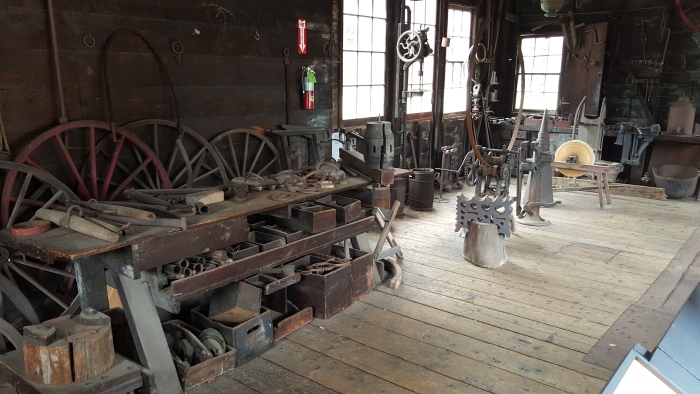
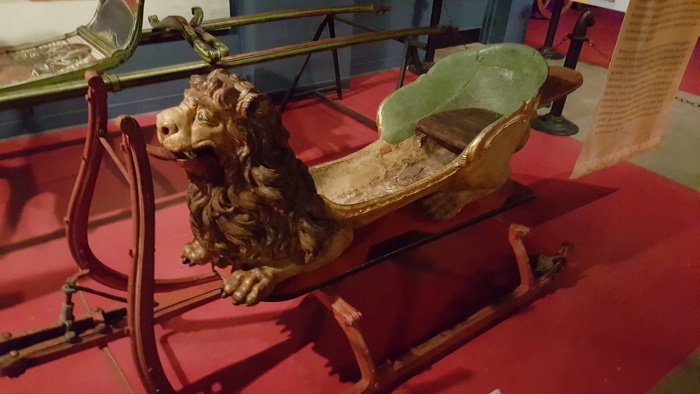
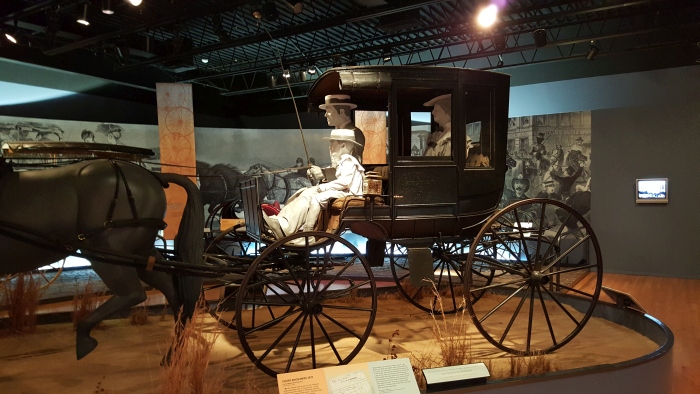
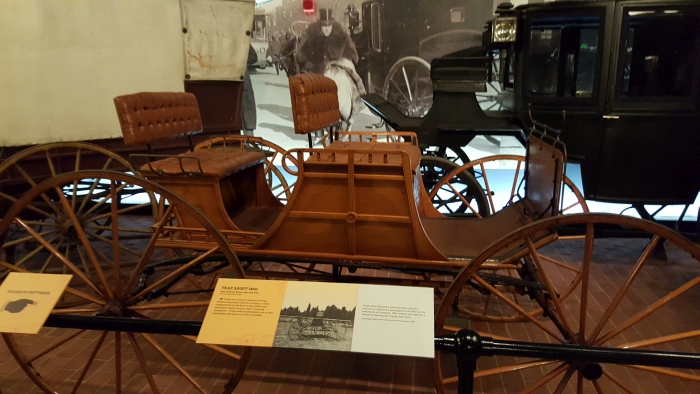
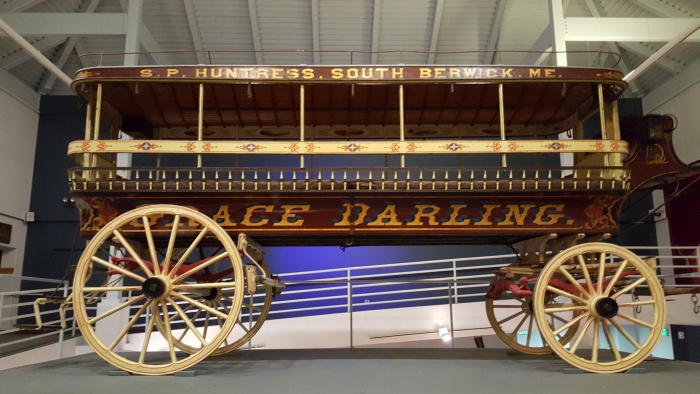
|
Join the conversation |
|
 Joel's Blog
Joel's Blog Built-It Blog
Built-It Blog Video Roundup
Video Roundup Classes & Events
Classes & Events Work Magazine
Work Magazine


 When woodworkers talk about unusual tools in history the conversation invariably turns to the carriage trade. Wooden carriages have the distinction of having to be light, strong, weather resistant, and most important, full of complex frames, moldings and curves. Nothing is square. Over the centuries a myriad of highly specialized carriage-makers tools were developed, However, in this day and age it is rare to get a chance to see the results of these tools.
When woodworkers talk about unusual tools in history the conversation invariably turns to the carriage trade. Wooden carriages have the distinction of having to be light, strong, weather resistant, and most important, full of complex frames, moldings and curves. Nothing is square. Over the centuries a myriad of highly specialized carriage-makers tools were developed, However, in this day and age it is rare to get a chance to see the results of these tools.  The museum is actually a consolidation of several museums and also had an exhibit of carved duck decoys, and one on the Long Island mansions that used to dot the island. While the mansions are mostly all gone, some of the relics show wonderful woodwork.
The museum is actually a consolidation of several museums and also had an exhibit of carved duck decoys, and one on the Long Island mansions that used to dot the island. While the mansions are mostly all gone, some of the relics show wonderful woodwork. 





Cheers
thanks for posting
Charles